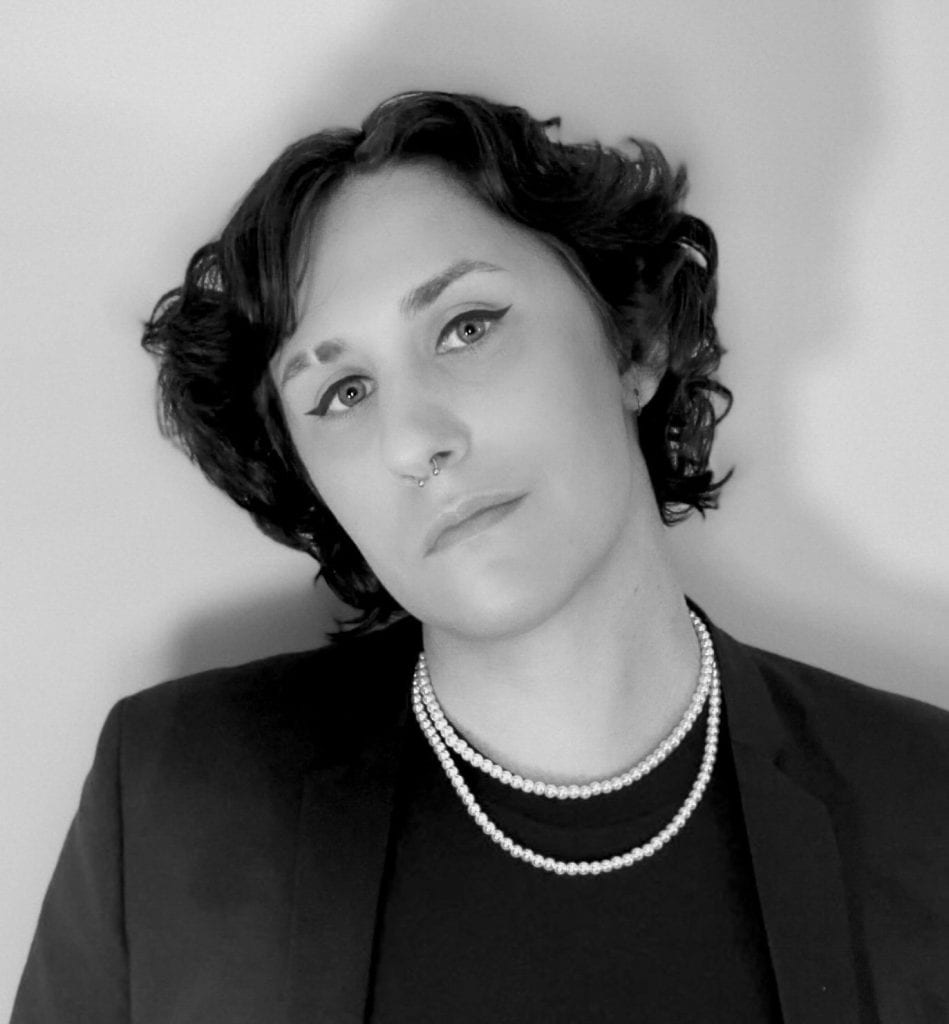In goes the cafeteria worker in her hairnet.
In goes the philosophy teacher
explaining the theory of eternal
return, and Anton Stadler with his clarinet,
still owing money to Mozart. In
goes Mozart. Everyone flopped into the creel
of the happy fisherman, everyone eaten.
Every river is Lethean,
so why should we care
if it’s not the same river? I hate
how everything changes, tree
to failing term paper, chatelaine
to beheaded plotter, drug dealer to narc.
The heart softening faster than cereal
but then hardening to a relic
which turns into another line
of depressed poetry to recite
to the next eager trainee
anxious to be more than lint.
Going up, you’re also going down, so either
way, as your mother said, Be nice.
When she went in, she was very thin.
Earth, air, fire, water, mother.
Fish pulse slowly under the river ice.
Heraclitean by Kim Addonizio addresses the thousands of year old human pondering about how life is constantly changing and inconsistent, the flow of life and death and human mortality, She approaches this with the unique perspective of Ancient Greek philosopher Herclitus, who emphasized the flow of life and is well known for the quote “No man ever steps in the same river twice” as well as the emphasis of the elements in his work. Addonizio clearly pulls from this outside of the name of her poem coming from his philosophy. She talks about change as a flowing river, with “Every river is Lethean, so why should we care if it’s not the same river?”. She is alluding to another Greek myth in this line, the river Lethe, and how it erases the past from the memories of whoever drinks from it. So, as the river flows, the water is completely new, and as someone drinks for the river Lethe, they are completely renewed, wiped of the past. Every river is constantly becoming new and forgetting it’s past, so there’s no point in constantly worrying about it.
The river, while being a symbol of change, also seems to represent death in some capacity in Addonizio’s interpretation. The obvious connection is once again the Lethe river, one of the five rivers in the Underworld in Greek mythology. A soul drinks from the river Lethe to be reborn and renewed, the precursor being death. The poem starts with the repetition of “In goes”, in reference to all these people from different walks of life all ending up in the Lethean river. They are compared to fish that are then eaten, all consumed by death one way or another.
Addonizio sees death as something inevitable, just another change in life, and yet still something consistent in a life full of inconsistencies, so all the inconsistencies don’t matter because “Every river is Lethean, so why should we care if it’s not the same river”, meaning every life ends in death so why should it matter if everything is always changing. This is again emphasized with the advice she is given, “Going up, you’re also going down, so either way, as your mother said, Be nice”, repeating the idea that no matter what, everyone is going to the same place, so no matter what you experience to get there, why cause hurt to others. Right after this we return to the idea of everyone ending up in the River Lethe, and “When she went in, she was very thin”, as people often are thin and frail before they pass. Another reference is made to Heraclitus and his focus on the elements in the second to last line, ending the poem with the philosopher who inspired it, a cycle from life to death. Finally, a metaphor compares people to the fish in the river, with their pasts forgotten, completely renewed. In a way, this connects back to the beginning where a cafeteria worker, philosophy teacher, and musicians are all mentioned, lives that have not yet taken the final change into death.
What I find fascinating about this poem is that Kim Addonizio finds a way to connect every single line to the next, introducing more complexities and layers with each read through. All of it feels like one big circle of life and death and the inconsistencies of existence in between. She emphasizes this through her repetition, allusions, metaphors, and even the inconsistent rhyme scheme. In fact, the only rhymes are in the first and fourth line and the fourth to last and final line, reflecting the same loop of beginning to end and back again. It’s this attention to detail that leaves me enjoying this poem no matter how many times I read it, because there is always something more to be said.


